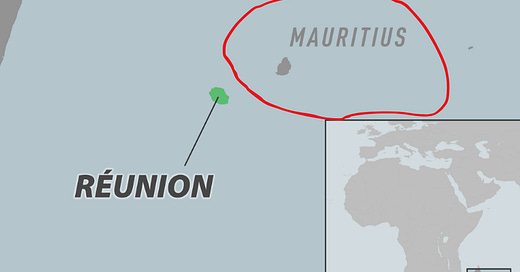The island country of Mauritius, in the Indian Ocean, has reported a locally transmitted chikungunya case in a 37-year-old woman who tested positive on March 15.
This is the first chikungunya case reported in the country since 2009.
In response to this concerning development, the Ministry of Health has swiftly implemented its protocol for managing vector-borne diseases.
Key measures being enacted include mosquito control operations around the patient’s residence and in a northern locality that the individual recently visited.
The Director of Health Services, Dr. Fazil Khodabocus noted, “An inspection of locations frequented by this person has also occurred, followed by fumigation efforts, contact tracing, fever surveys, and targeted interventions such as larviciding and mist blowing.”
Mauritius’ nearest neighbor is the French island of Réunion, which is currently battling a large epidemic of the mosquito-borne disease. Because of this, surveillance measures had already been heightened.
Chikungunya disease is caused by the chikungunya virus and is spread to humans through mosquito bites. Outbreaks have occurred in countries in Africa, Americas, Asia, Europe, the Caribbean, and Indian and Pacific Oceans.
Most people infected with chikungunya virus develop some symptoms. Symptoms of chikungunya usually begin 3–7 days after a bite by an infected mosquito. The most common symptoms are fever and joint pain. Other symptoms may include headache, muscle pain, joint swelling, or rash. Most people get better within a week; however, some can have severe joint pain for months to years following acute illness.
People at risk for more severe disease include newborns infected around the time of birth, older adults (65 years or older), and people with medical conditions such as high blood pressure, diabetes, or heart disease. Death from chikungunya is rare.





